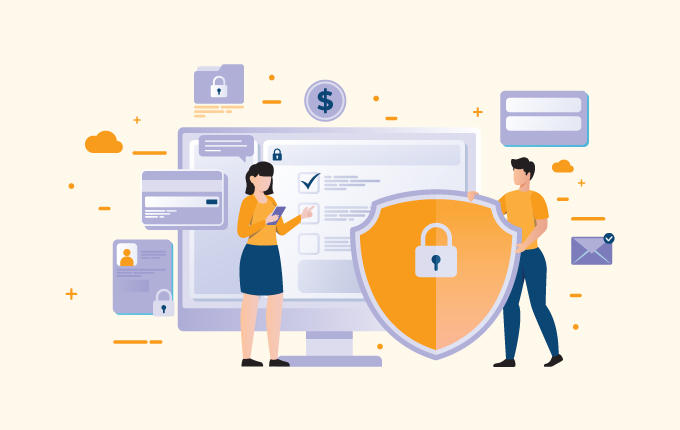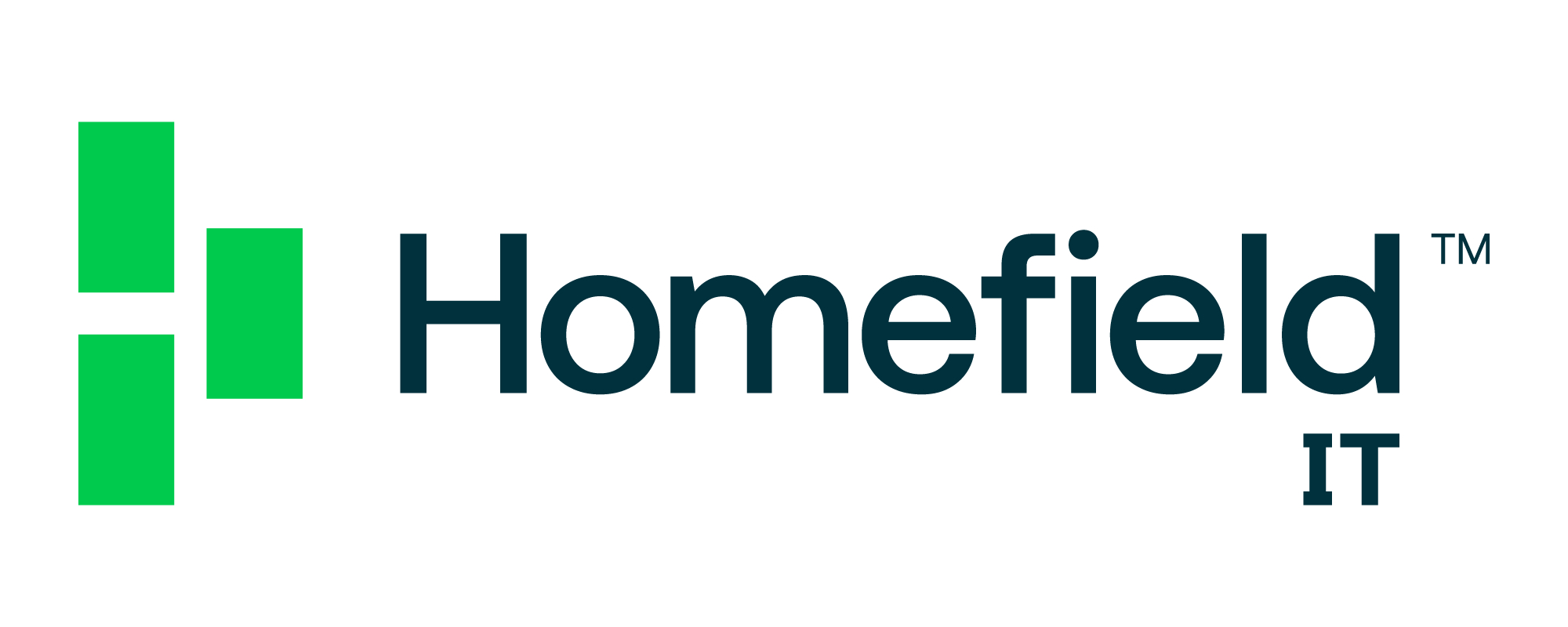IT Consulting & StrategyTech Support & Managed IT ServicesConstructionEducationFinanceHealthcareLegalReal Estate
An average enterprise uses over a thousand cloud services. Even if small businesses use just a few dozen apps, securely managing account logins is still a huge problem for both users and administrators. Single Sign-On (SSO) is an excellent solution to this issue, so let’s dive into how it works.
What is SSO?
Single Sign-On solutions allow you to create one username and one password that thousands of websites will recognize. If you’ve ever clicked “Login with Google” on a non-Google website, you’ve already enjoyed the benefits of SSO. It’s faster, simpler, and more secure. Now, small businesses can accomplish the same level of efficiency between their employees and cloud platforms.
Instead of asking everyone in the office to track separate accounts for Office 365, Slack, Quickbooks, and whatever other cloud apps your company relies on, you can give them one set of credentials and manage what they have access to remotely. Employees come to work, enter their designated username and password, and they’re all set for the day.
Why is SSO more secure?
There are a number of ways to set up a small business SSO solution, but most of them focus on removing login information from your servers. Usually, you’ll provide your employees’ logins to an SSO provider (sometimes referred to as an Identity-as-a-Service provider) and each employee will receive a single login paired with a secondary authentication — like a fingerprint or an SMS to a personal device.
Every time one of your employees visits a cloud platform, such as Office 365 or Google Apps, the SSO provider will verify the user’s identity and the security of the connection. If anything goes out of place, your IT provider will be notified.
Should your network or any of its devices be compromised, hackers would find nothing but logins to your SSO accounts, which are meaningless without fingerprints or mobile devices.
How to get started with SSO
The first step when setting up a Single Sign-On solution is making sure you have a healthy and responsive IT support system in place. You need a team that is constantly available to review suspicious alerts and troubleshoot employee issues. If you don’t currently have that capacity, contact us today and we’ll help you out!
 January 17, 2019
January 17, 2019 Manhattan Tech Support
Manhattan Tech Support




